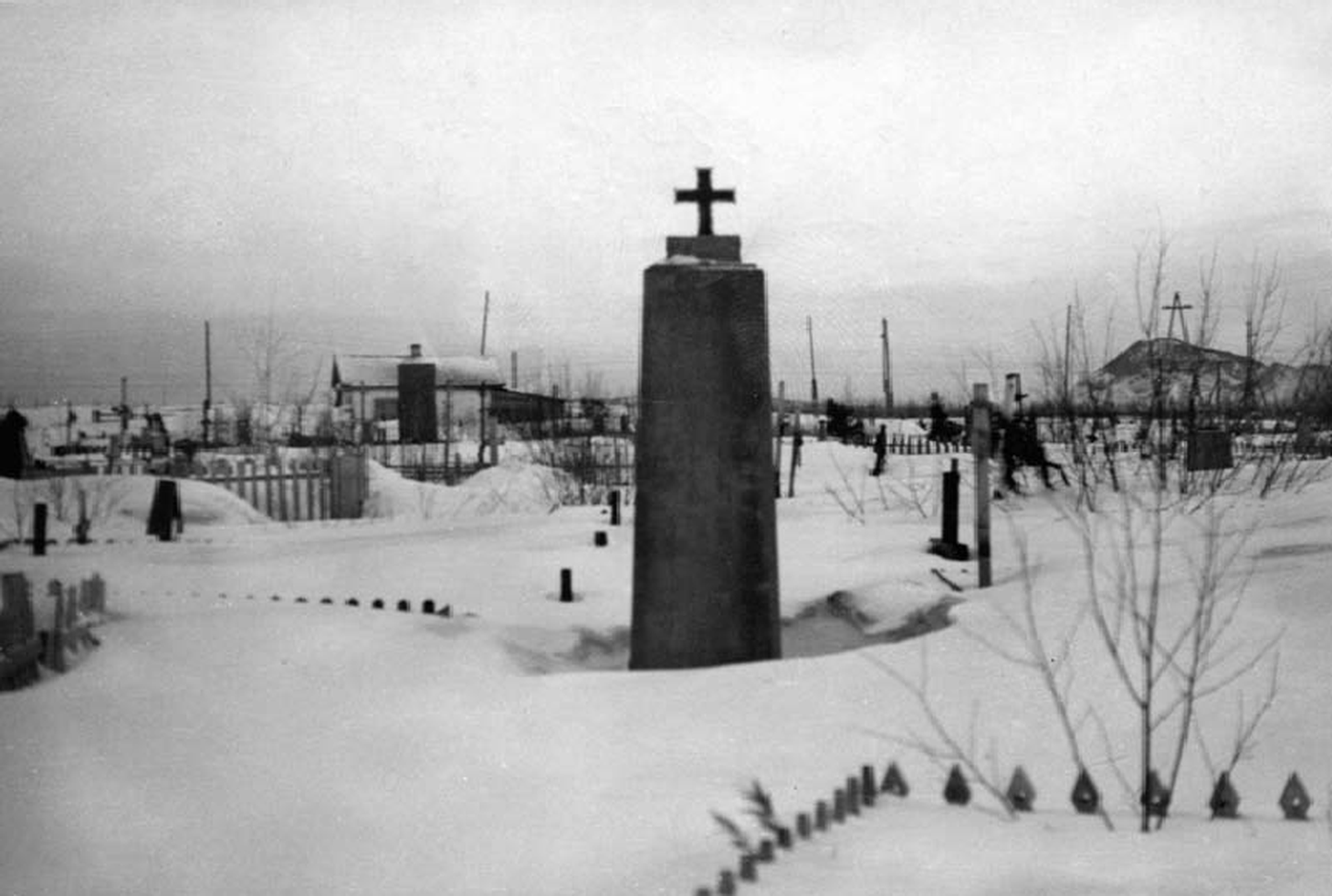Estonian connections broader
All said, Jüri Trei would not agree with criticism regarding Lithuanians being more successful searching out the graves. He said the Estonians’ activities are broad-based with a remarkable international network established for locating grave sites abroad. «Lithuanians have adopted this narrow approach, while we are involved all around the world,» said Mr Trei. «We have a working group for preservation of memory, we are in cooperation with nations like Kazakhstan were lots and lots of people were taken in Soviet times.»
As also assured by Mr Õispuu, many monuments have been erected on graves located in Kazakhstan. «Recently, an international memorial was opened in Kazakhstan, with very many European nations represented at the ceremony,» he said, to describe the cooperation.
Also, a repressions victims' memorial has been erected in Karelia, opened by current foreign minister and then Estonia’s Ambassador to Moscow Marina Kaljurand.
Mr Pillak of heritage society, having for years been involved with graves abroad, underlined that according to ability memory of Estonians has been maintained elsewhere in Russia as well. «In Levashovo, a memorial was opened by Estonian diplomats for thousands of repression victims,» he said, citing one such example.
Mr Pillak said constant cooperation is underway with Russian researchers. «Our partner there, Anatoli Razumov, has even been decorated by Estonian president with the Order [of the Cross] of Terra Mariana for research into the repressions,» said Mr Pillak. «We have sent them our data, they send theirs. For three-four years already, correspondence has worked well with their researchers.»
Mr Pillak said heritage conservation is also actively mapping grave sites westward. «We have tried to map grave sites in Sweden, Germany and Denmark, as lots of Estonians have been buried there as well,» he said. «Last year, we organised several expeditions to establish and photograph graves of Estonians.»
«All of that is a lot larger endeavour than the hundred grave sites found by Lithuanians in Siberia,» claims Mr Trei.

